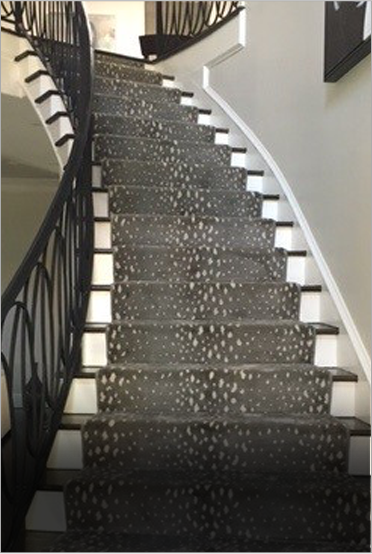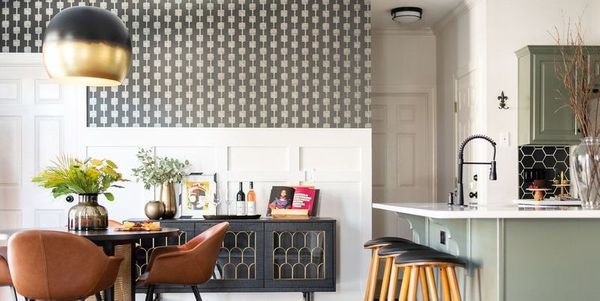What's the difference between Sisal and Jute?

Sisal and Jute are often categorized together and sometimes are seen as one in the same. Either is a great option when looking for neutral decor that feels unique but won't overpower the room. However, when it comes to carpets and rugs, Sisal and Jute, while similar, do have some important differences.
How are they different? How are they similar? When should you choose one material over the other? Here is your ultimate guide to Sisal and Jute flooring.
Similarities
Natural Fiber Rugs
Both are natural fiber rugs. Both look lovely placed over hardwood floors. Sisal and Jute rugs are typically available in natural shades. Each is derived from plants, which undergo similar harvesting processes. The plant fibers are dried, treated, and processed into a yarn-like material.
Natural flooring, such as these, is often preferred by clients who wish to keep harsh chemicals out of the house. Design enthusiasts prefer them over synthetic options for this reason, as well as them being sustainable, eco-friendly options. If health is a factor, Jute and Sisal are both worth considering. Jute and Sisal are appropriate for people who suffer from allergies, as they are easy to vacuum and do not contain potential allergens.
Color, Texture and Style Factor
Their chunky textures compliment the wood, especially darker hardwood where the lighter colors of the rug create a deep, but natural contrast. These rugs are most commonly found in golden wheat colors.
Both have a coarse texture, due to the nature of the material. Coarse texture isn't for everyone, but many find that they enjoy the feel, as it stimulates the nerve endings on the bottoms of the feet. They almost feel like a foot massage. Jute will have more of a touch of softness than Sisal.
Both give the house an earthy feel. They are appropriate for any design incorporating a warm and natural aesthetic. The natural weave, which a chunky weave in a neutral shade, has a casual-chic decor style, put-together but unfussy, which can work great in a beach house or a contemporary minimalist home.
Sometimes rugs are produced using a jute and sisal blend.
Sisal Rugs
Origin of Sisal
Sisal comes from the agave cactus plant, native to southern Mexico, but now primarily cultivated in Brazil, Tanzania, and Kenya. The plant bears sword-shaped leaves up to 3 feet long. Each leaf contains an average of around 1000 fibres.
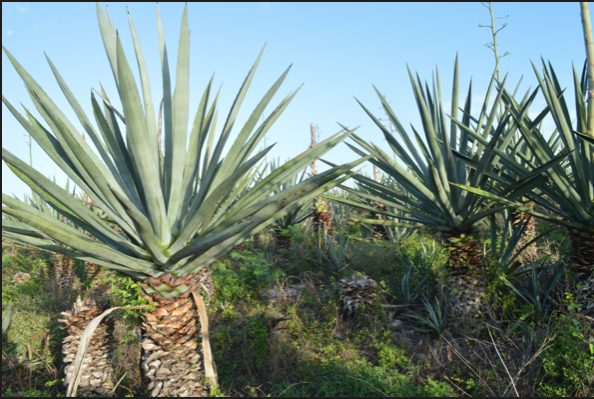
Benefits of Sisal
- Durability: Sisal has a higher level of durability than Jute. In addition to carpet, it is also used for basket weaving, rope and twine. It lasts for a very long time…even under a dining room table with chairs sliding on top.
- Anti-static (good for office/computer rooms).
- Fibers help control humidity.
- Provides natural sound insulation.
- Chemical-free. No chemical fertilizers are used in sisal production, and although herbicides are occasionally used, most weeding is done by hand.
- Dye-free. This also means less worry when it comes to fading in the sunlight. Actually, the subtle, natural color changes make sisal more one-of-a-kind.
- Underfoot feel. Think of it as an exfoliant for your feet. If you aren't in love with that idea, sisal-wool hybrids are becoming increasingly popular.
- Sisal has a natural, creamy white hue and can be dyed any color.
- 100% biodegradable, so when it's time to change the flooring, it can be disposed of guilt-free.
Use Case
- As one of the strongest natural fibers, sisal is a good choice for heavy traffic areas like hallways and entryways in your home, commercial office, or hospitality space.
Cons
- Sisal has a very specific look and may feel limited in terms of pattern and design.
- Sisal is not recommended in areas that are frequently wet, such as kitchens and bathrooms. Not for use outdoors. Moisture can build up in the rug and damage the overall integrity, as well as lead to mold.
- Does not provide much padding.
- Sisal farming does cause environmental degradation, because sisal plantations replace native forests, but it is still considered less damaging than many types of farming. The effluent (waste) from the decortication process causes serious pollution when it is allowed to flow into watercourses. Countries are taking action, though. In Tanzania there are plans to use the waste as biofuel.
Cleaning
- Caring for sisal flooring is quite simple. Although you should not introduce any moisture to the floor, you can vacuum it regularly. Steaming sisal is not recommended. If you have a spill, cleaning sisal rugs with a small bit of club soda should do the trick. Follow that up with a nice shot of hot air from a blow dryer or fan to dry the area.
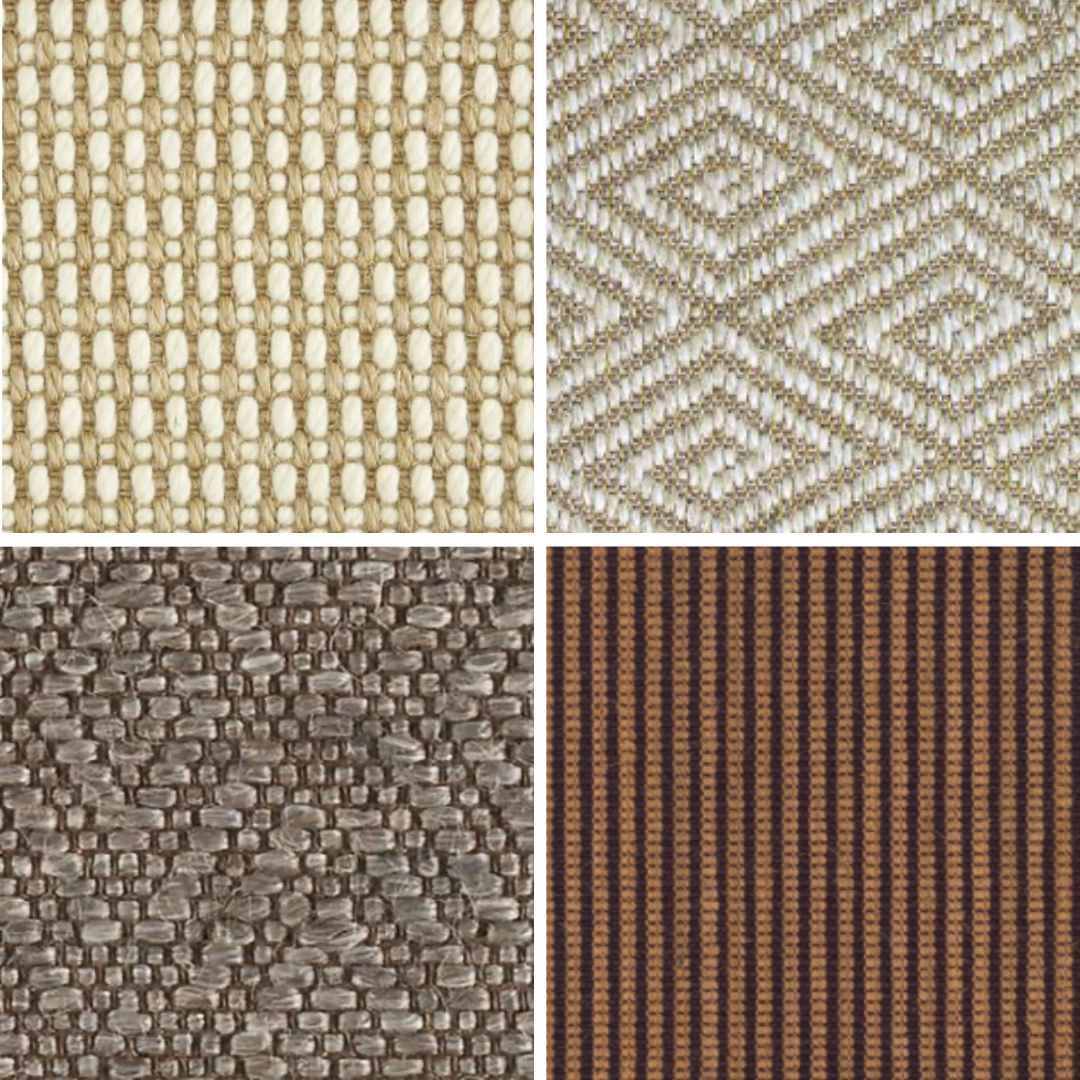
Jute as a Carpet and Rug Fiber
Origin of Jute
Woven from the stalks of jute plants in India and Bangladesh, jute rugs have a natural brown hue that can be dyed many colors. Jute looks like sisal, and they often get grouped together. Although they are similar in appearance, sisal and jute differ in texture and durability. Jute is not as tough as sisal, but jute is softer to the touch.
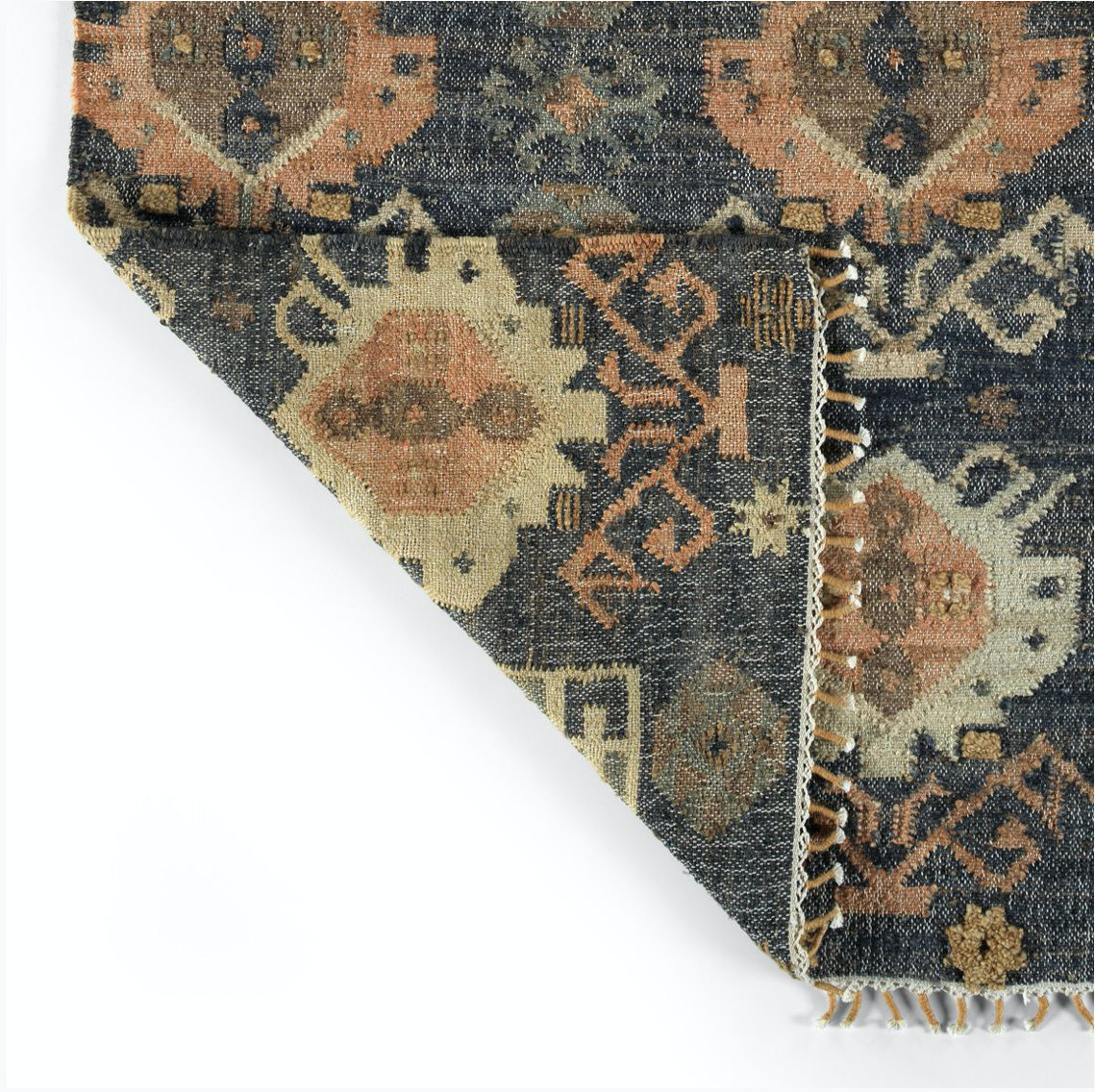
Benefits of Jute
- Soft underfoot feel.
- Can be dyed and woven into intricate patterns.
- Jute rugs are a bit thicker than other natural-fiber rugs, such as sisal or seagrass.
- Blends well with many types of decor. Its original tan color adds a natural element to the room.
- Available in a wider range of colors than Sisal. Jute is more easily and commonly died and can often be found in purple, green and blue colors.
- Jute cultivation contributes to air quality. One hectare of the plants can absorb up to 15 tons of carbon dioxide and release 11 tons of oxygen during the growing season.
- Modest amounts of fertilizers, herbicides, and pesticides are required for jute cultivation, especially in comparison to cotton.
- 100% biodegradable.
- If price is a concern, you may find Jute to be a better choice than Sisal, as it tends to be a more affordable option.
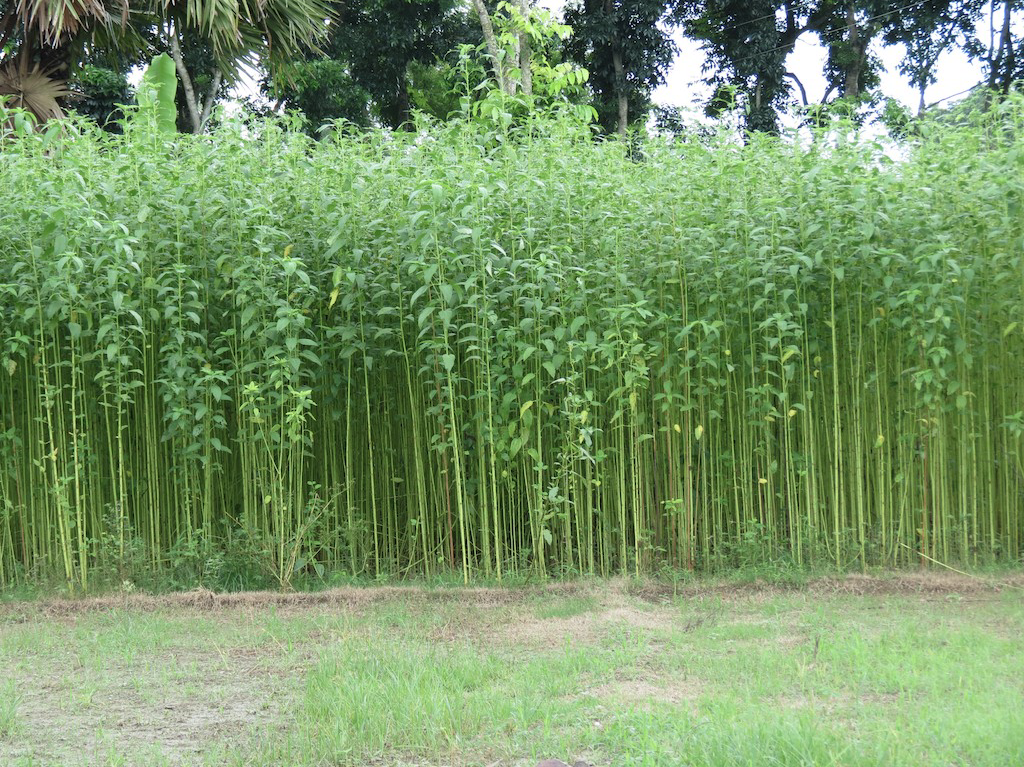
Benefits of Jute
- Soft underfoot feel.
- Jute rugs are a bit thicker than other natural-fiber rugs, such as sisal or seagrass.
- Blends well with many types of decor. Its original tan color adds a natural element to the room.
- Jute cultivation contributes to air quality. One hectare of the plants can absorb up to 15 tons of carbon dioxide and release 11 tons of oxygen during the growing season.
- Modest amounts of fertilizers, herbicides, and pesticides are required for jute cultivation, especially in comparison to cotton.
- 100% biodegradable.
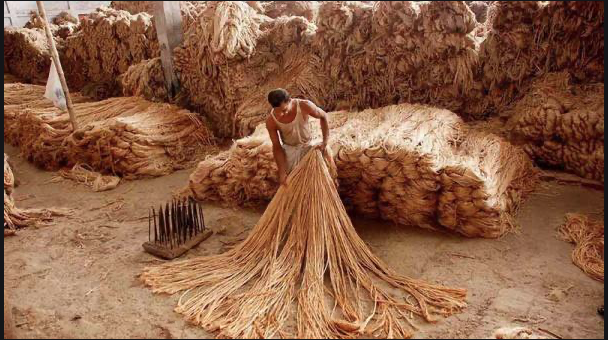
Use Case
- Ideal for areas with light traffic where your bare feet can enjoy the gentle weave.
- A jute rug will can be nice for a bedroom or family room.
- Jute is sometimes blended with chenille to create a rug soft enough for a child's playtime on the floor.
Cons
- Not recommended for high-traffic areas.
- Moisture or dampness will cause browning and can ruin the rug.
- Continual exposure to sunlight may fade the carpet. If using a jute area rug, rotate it for even exposure to sunlight over time.
Cleaning
- In most cases, a simple vacuuming is sufficient to remove any dust that may build up in the woven texture of the rug. Vacuum from several directions to remove the most debris.
- Cannot be steam cleaned.
- Rug cleaners and spot cleaners may stain or discolor Jute.
- To treat a spill, blot with clear seltzer water. Do not rub the spot. Caution must be taken not to over-wet the spot, as that could cause permanent browning.
Differences Between Jute and Sisal Summed Up
Sisal fibers tend to be more durable. Sisal can sustain high-traffic levels and is, overall, a stronger flooring covering, but many people find jute softer. Jute is available in a wider range of colors, but the most popular shades - light, natural and muted - are common in both. Jute has a finesse, which can soften the look of a bold design. Sisal is more a stiff fiber, good for busier, high-traffic spaces with for a chunky, bold design scheme.
Sisal vs. Jute: Still can't decide? Layer!
The two fibers actually layer nicely. The Jute rug can feature an unusual shape, intricate pattern or bold color, that lets it stand out against the subtle, yet elegant sisal backdrop.

